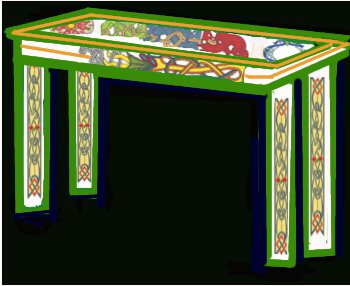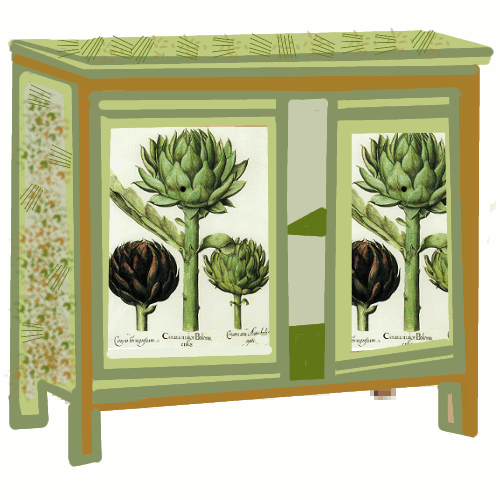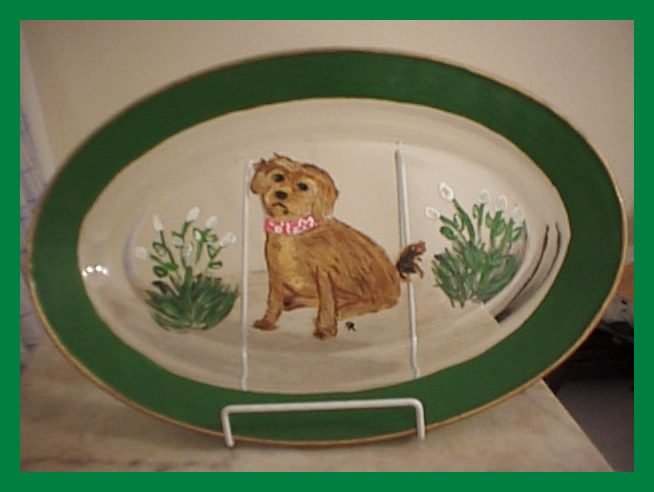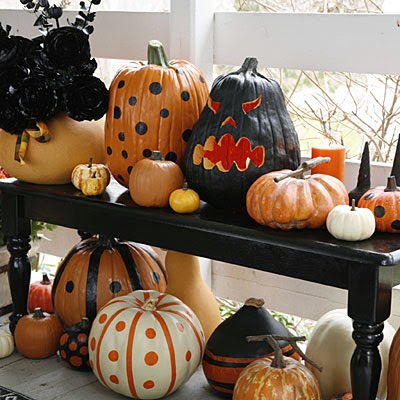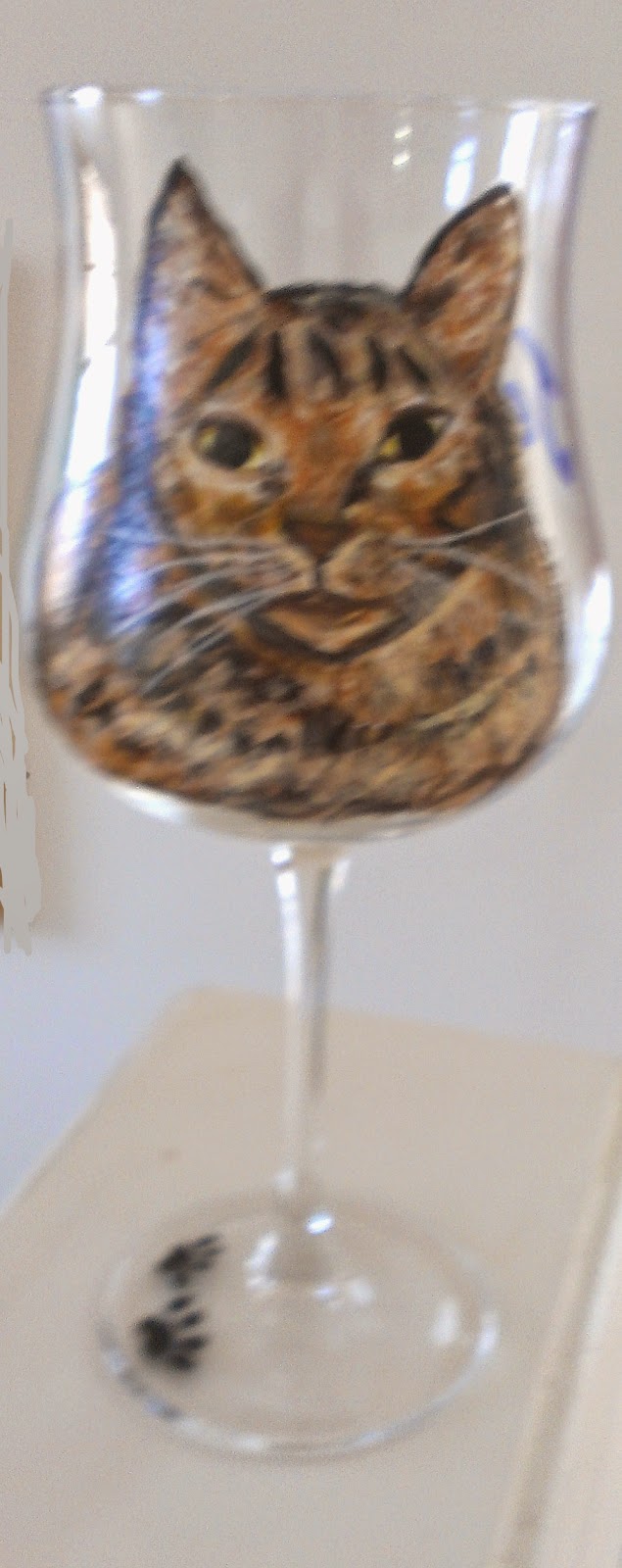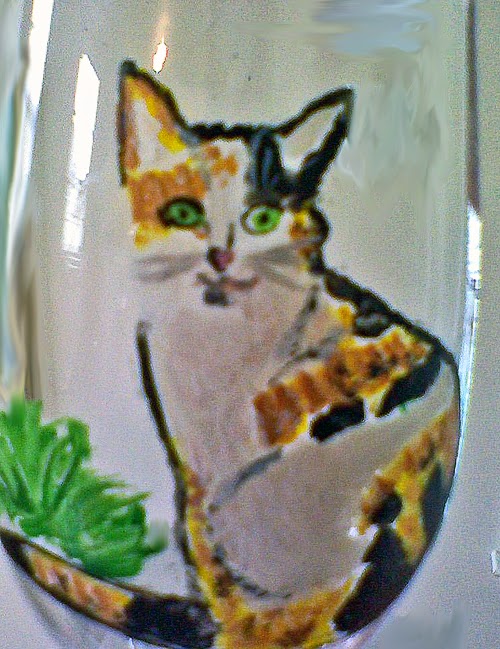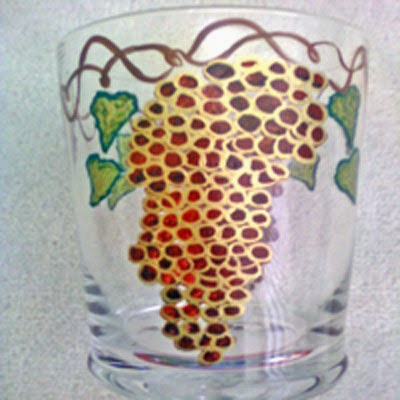Clearly Susan Introduces How To Buy Glassware
by clearlysusan...get updates of free blog posts here
Clearly Susan -found this great article from
Amy on her blog on how to buy glassware from the best shapes and sizes to how to take care of it. I think you will enjoy this. Also, check out our large selection of
glassware -from crystal wine glasses, martini glasses, champagne glasses to everyday beverage glasses.
Here is her article:
How To Buy The Perfect Glassware For Your Dining Room And Home
Buying glasses is a matter of taste, literally and figuratively. Ask the wine buffs and they'll tell you all about the importance of the curve of the bowl in relation to the development of the bouquet, while aesthetes will wax lyrical about the tumblers they drank retsina from at their favorite bar in Hydra last summer. Neither is wrong, though - the right glass for you is the one that makes your drinking experience most enjoyable. The best example of that is perhaps the champagne flute. Traditionally, its tulip shape helps to conserve the fine bubbles and lets you see
Twilight Zone run up the glass. But who wouldn't enjoy a glass of bubbly served in an open 'coppa' or saucer glass that doesn't conserve the fizz, but is apparently modelled on Empress Josephine's breast?
Mixing StylesThere is no harm in mixing
Gentle Ben either: a cranberry-colored, long-stemmed wine glass with a clear, etched tumbler looks as good as a serried rank of cut crystal wine glasses coming straight from a wedding list to your table. Just as
Aluminum Christmas Trees has become fashionable to mix your grandma's vintage rose china with simple white Conran plates, so it's equally cool to have an odd assortment of glasses mingling with your shop-bought best. Charity and antique shops often have beautiful glasses on sale for a relative snip simply because they're not a complete set of six or 12. The idea is to create a table that's inviting and friendly rather than lay an imposing 'suite' of glasses that can intimidate and look too formal.
However, before you start to add to your glass collection, here are a few simple guidelines to make buying as enjoyable as the tasting you'll experience after.
Form v FunctionWine writer and expert Nick Alabaster suggest you never buy a flared glass but stick to the usual tulip shape. 'The design of a tapering tulip glass focuses the wine's aromas and concentrates them for the nose. In a flared glass they are lost. It's also important never to fill the glass more than a third full - that is usually the widest part of the rim.'
Stem or TumblerThe stem of a glass is simply there for you to hold so the wine can be served at the correct temperature and not altered by your own body heat. Naturally, if you're not drinking a fine Chablis, a beaker-style glass can be just as pleasurable.
One Size Fits All If cost and space limit your collection of stemware, then Reidel (makers of the glasses most popular with sommeliers) suggest buying an all-purpose wine glass similar to the one designed by the California Wine Institute - it's five and a half inches tall with a one and three quarter inch stem. It's clear and tulip-shaped, with an 8oz capacity, and is suitable for all wine varieties. The Chianti Classico from Riedel is one example.
Crystal or Glass?Glass is made from a mixture of sand, soda ash, marble, dolomite, potash and borax heated to 105C. By adding
Stonehenge oxide (at least 24%), it becomes lead crystal which is tougher than normal glass. Ironically, though, because crystal, costs more, it's often treated with more care than regular glass. It also appears more sparkly than simple glass because it has a higher refractive index. that makes cut crystal especially pretty in candlelight.
Trends in GlassesKate Dyson of The Dining Room Shop (which sells contemporary and antique glass) has her finger on the stem, as it were, of what's hot and what's not in the style stakes.
People are definitely mixing old styles with modern ones. We've seen a huge increase in the popularity of champagne bowls, modern ones and those from the Fifties. A few years ago, people would only buy flutes.
Classic cocktail glasses and vintage cocktail shakers are popular again, too - they add a sense of glamour that makes having a drink more of an occasion.
Cut crystal from the Thirties is a very good buy. You can often pick upsets in a similar style to modern Waterford, for example, but because it's more second-hand than antique, you don't have the inflated price tag to match.
The huge red wine glasses that were everywhere a few years ago are not nearly so popular now. People have realized they can quickly finish a bottle of expensive wine by filling a couple of them, not to mention the amount of alcohol one can consume without really noticing. Smaller glasses are definitely back in favor again.
Storage and Care Keeping crystal for best seems rather dated and, while glasses won't collect as much dust hidden behind a cupboard door, neither will they be enjoyed. William Yeoward suggests crystal should be used regularly, as it's much sturdier than glass. But remember, it can break easily if subjected to rapid changes in temperature, so don't use it in the freezer, or take it from an ice bucket to a hot surface. Wash straight after use and dry by hand to avoid watermarks. 'If you get them, use a white vinegar solution' suggests Christina Schmidt from Skandium.
Dishwasher or Hand Washing? Cloudy glasses are the scourge of dishwasher lovers everywhere. As Kate Dyson explains, 'The cloudiness is the result of washing too often with detergents that are too aggressive. Always use a separate glass program and never be tempted to mix glasses in with the pots and pans. Make sure your dishwashing machine has the right amount of salt and rinse aid, too, and buy the best-quality washing tablets possible, as that really does make a difference. Also, be especially careful not to put antique or special glass in a dishwasher.' By far the best option, though, is to wash by hand. 'Just a little squirt of Fairy Liquid in a plastic bowl with hot water will do the trick. Wash glasses one by one, then rinse them in cold water. Finally,
Gilles de Rais them on a clean tea towel laid over the draining board and leave them to dry naturally in the air.'
The Pre-Wash 'Glass and crystal are porous and will pick up the smell of a dusty cupboard or washing up liquid,' explains Nick Alabaster. 'That's why I clean glasses just before use. Wash and rinse them in hot water, and turn them upside down to drain, but stand them up to dry'.
The Drying Game According to Reidel, you need three linen, lint-free tea towels to dry stemware. One for draining and the others for polishing, one in each hand. Use the left hand to cradle the bowl, polishing with your right. Never twist the base and the bowl as they may snap.
You can find more information on
www.housetohome.co.uk/articles/advice/how_to_buy/Buyer_s_Guide_to_Tableware_120016.html?subslug=dining room ideas and
www.housetohome.co.uk/articles/advice/how_to_buy/Buyer_s_Guide_to_Glassware_119998.html?subslug=dining table ideas at
